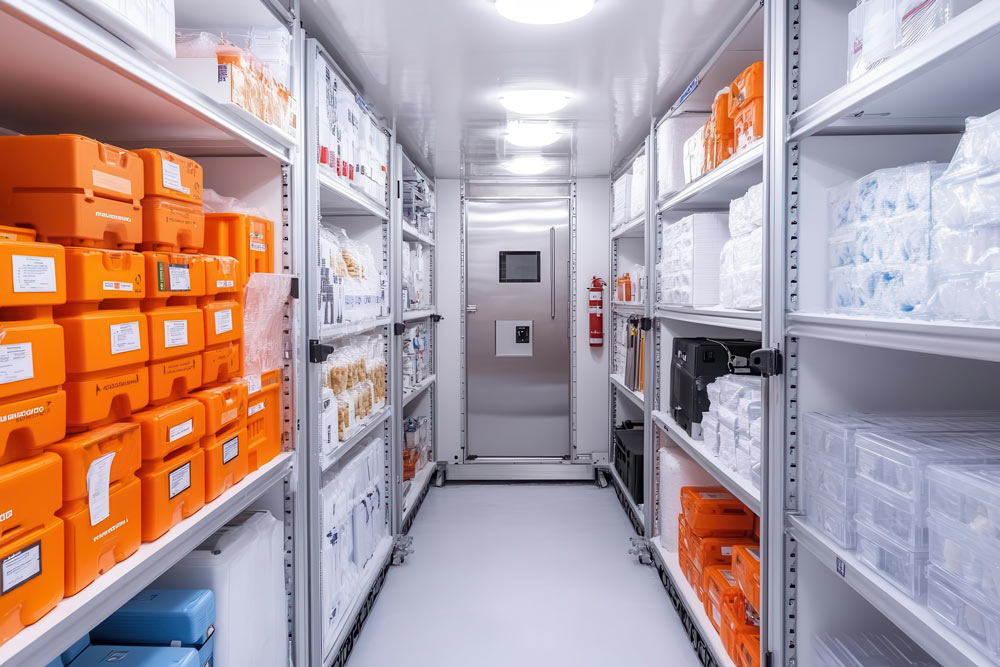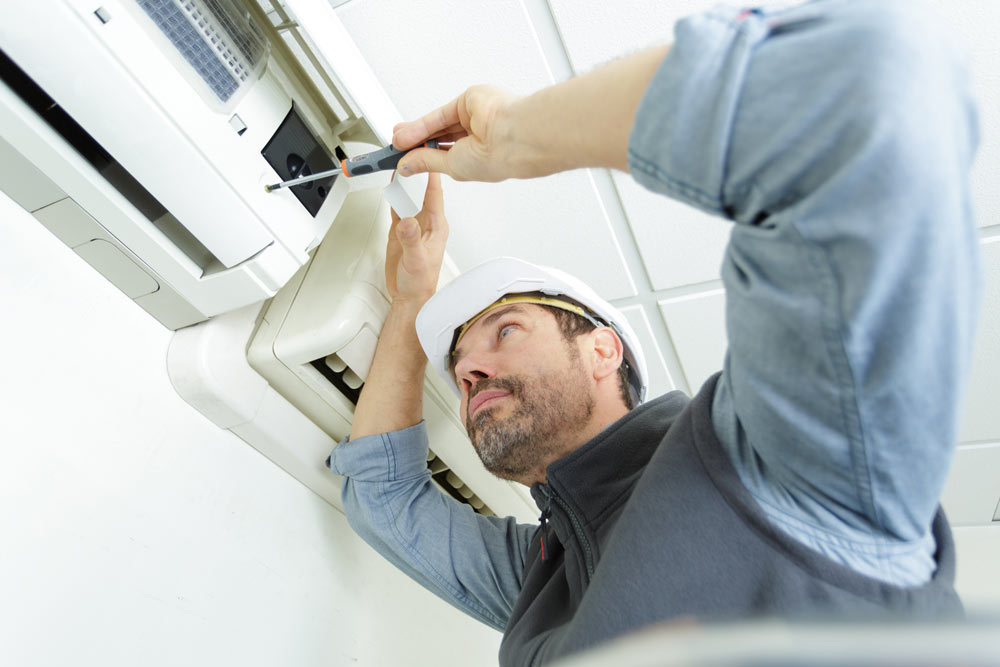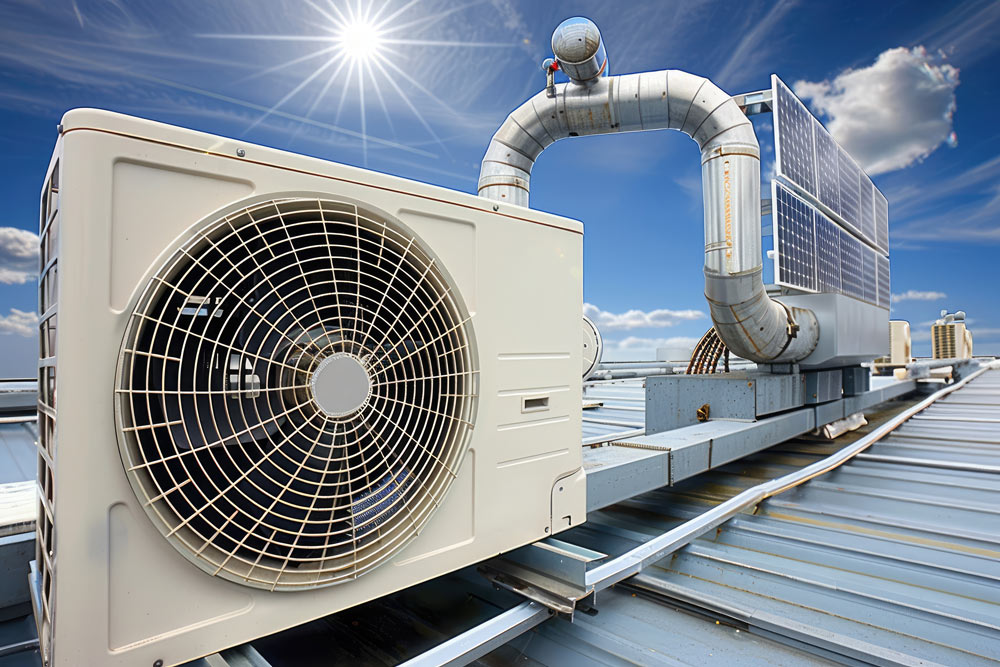For businesses that rely on refrigeration, energy costs can make up a significant portion of operational expenses. Whether you run a restaurant, supermarket, warehouse, or manufacturing facility, inefficient refrigeration systems can lead to skyrocketing energy bills. The good news is that by investing in energy-efficient refrigeration solutions and implementing best practices, you can significantly cut costs while also reducing your environmental impact.
This guide explores how businesses can enhance their refrigeration efficiency, lower operational costs, and ensure optimal system performance.
The Importance of Energy Efficiency in Refrigeration
Refrigeration is essential for preserving perishable goods, maintaining product quality, and ensuring regulatory compliance. However, outdated or poorly maintained systems consume excessive electricity, leading to financial strain.
Key reasons to prioritize energy-efficient refrigeration:
- Lower Energy Bills – Reducing electricity consumption translates to direct cost savings.
- Reduced Carbon Footprint – Energy-efficient refrigeration helps businesses meet sustainability goals.
- Improved System Lifespan – Proper maintenance and upgrades prevent premature system failures.
- Regulatory Compliance – Many industries must adhere to strict energy and environmental regulations.
By optimizing your refrigeration system, your business can remain competitive while minimizing unnecessary expenses.
Steps to Achieve Energy-Efficient Refrigeration
1. Upgrade to Energy-Efficient Refrigeration Equipment
Older refrigeration units are significantly less energy-efficient than modern systems. Consider upgrading to Energy Star-rated or high-efficiency refrigeration models that use advanced cooling technologies.
Key Features to Look For:
- Variable Speed Compressors – Adjust cooling levels based on demand, reducing energy waste.
- LED Lighting – Uses significantly less energy compared to fluorescent bulbs.
- EC (Electronically Commutated) Fan Motors – Consume less electricity while providing better airflow control.
- High-Efficiency Insulation – Reduces thermal loss and improves energy retention.
Investing in modern refrigeration equipment may have an upfront cost, but the long-term energy savings justify the investment.
2. Conduct Regular Maintenance and Servicing
A well-maintained refrigeration system operates more efficiently, preventing costly breakdowns and unnecessary energy consumption.
Maintenance Best Practices:
- Clean Condenser Coils – Dirty coils force the system to work harder, increasing energy usage.
- Check Door Seals and Gaskets – Worn seals allow cool air to escape, reducing efficiency.
- Inspect Refrigerant Levels – Low refrigerant levels lead to poor cooling performance and higher electricity usage.
- Ensure Proper Airflow – Keep vents and fans unobstructed to maintain optimal airflow.
Scheduling routine servicing with a professional technician ensures your refrigeration system runs at peak performance.
3. Optimize Temperature Settings
Many businesses set refrigeration temperatures lower than necessary, leading to excessive energy consumption.
Recommended Temperature Ranges:
- Refrigerators: 2°C to 5°C (35°F to 41°F)
- Freezers: -18°C to -22°C (0°F to -8°F)
Check manufacturer guidelines for the best temperature settings and avoid unnecessary overcooling.
4. Implement Smart Refrigeration Controls
Modern refrigeration systems come with smart control features that enhance efficiency by automating energy-saving measures.
Smart Technology Benefits:
- Remote Monitoring – Adjust settings and monitor performance from anywhere.
- Predictive Maintenance Alerts – Detects potential issues before they lead to breakdowns.
- Energy Usage Tracking – Helps identify inefficiencies and optimize consumption.
- Adaptive Defrost Cycles – Reduces unnecessary defrosting, lowering energy usage.
Installing a smart refrigeration management system can help businesses track and improve energy efficiency effortlessly.
5. Improve Airflow and Heat Management
Placing refrigeration units in poorly ventilated areas or near heat sources can reduce efficiency.
Best Practices:
- Avoid Direct Sunlight or Heat Sources – Keep refrigerators away from ovens, dishwashers, or direct sunlight.
- Ensure Proper Spacing – Maintain clearance around refrigeration units for optimal airflow.
- Improve Ventilation – Install exhaust fans or improve air circulation to prevent overheating.
A well-ventilated environment reduces the workload on refrigeration units, saving energy and extending system lifespan.
6. Reduce Refrigeration Load
Minimizing the amount of heat introduced into the system reduces the energy required to maintain cold temperatures.
Ways to Reduce Load:
- Limit Door Openings – Install self-closing doors or motion sensors to prevent unnecessary cooling loss.
- Use Night Blinds or Curtains – Helps retain cool air in display refrigeration units after hours.
- Avoid Overloading Units – Overstocking restricts airflow and forces the system to work harder.
- Pre-Cool Items Before Storage – Placing hot items directly in refrigerators increases energy demand.
Taking these simple steps helps lower refrigeration energy costs without compromising performance.
7. Consider Alternative Refrigerants
Traditional refrigerants like HFCs (Hydrofluorocarbons) have high global warming potential (GWP). Switching to eco-friendly refrigerants can improve energy efficiency while reducing environmental impact.
Sustainable Refrigerants Options:
- CO2 (Carbon Dioxide) – Highly energy-efficient and environmentally friendly.
- R-290 (Propane) – Low GWP and excellent cooling properties.
- Ammonia (NH3) – Ideal for large-scale industrial refrigeration.
Government incentives and regulations are pushing businesses toward adopting greener refrigerants, making it a smart long-term choice.
Financial Benefits of Energy-Efficient Refrigeration
Implementing energy-saving refrigeration strategies can lead to significant cost reductions over time.
Estimated Savings:
- Upgrading to an Energy Star-rated unit can reduce energy use by 15-30%.
- Regular maintenance can improve efficiency by 5-10%.
- Smart refrigeration controls can cut energy costs by 10-20%.
Additional Cost Benefits:
- Lower Repair Costs – Well-maintained systems break down less frequently.
- Government Incentives – Many regions offer rebates for energy-efficient upgrades.
- Increased Equipment Lifespan – Reduces long-term capital expenses.
By prioritizing energy efficiency, businesses can reinvest savings into growth and sustainability initiatives.
Conclusion
Energy-efficient refrigeration is a smart investment for any business looking to reduce operating costs and improve sustainability. By upgrading equipment, maintaining optimal performance, and implementing smart energy-saving strategies, businesses can achieve long-term financial and environmental benefits.
Start making changes today and watch your energy bills decrease while ensuring your refrigeration system runs smoothly for years to come. If you need expert advice or a custom energy-efficient refrigeration solution, get in touch with our team today!




